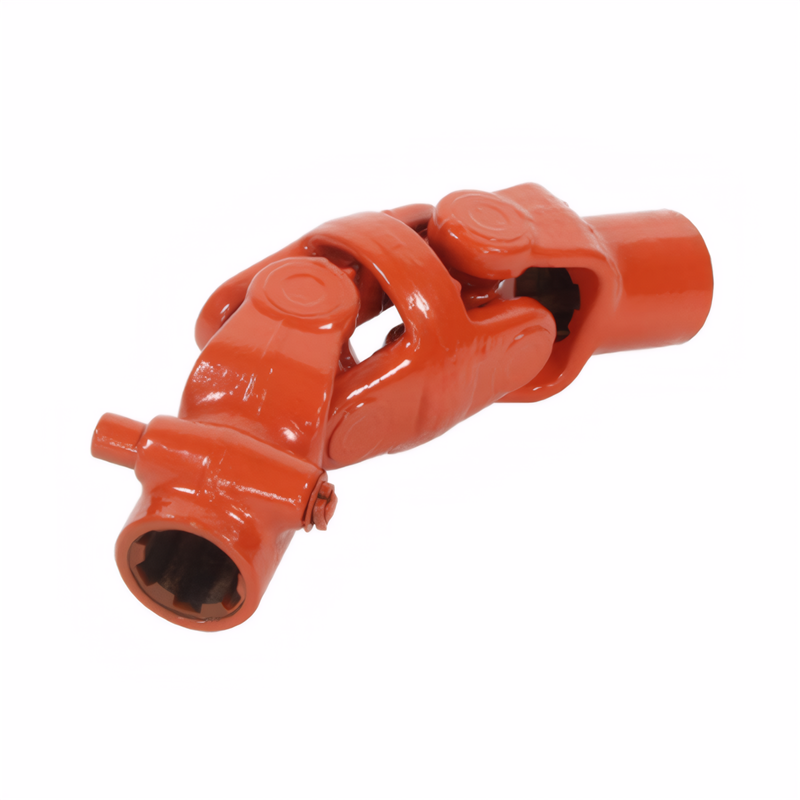Introduction to the durability of off-road vehicle drive shafts
Durability Features of Off-Road Vehicle Drive Shafts
Off-road vehicles operate under extreme conditions that demand exceptional durability from their drive shaft components. These specialized components must withstand severe impacts, constant angular variations, and high torque loads while maintaining reliable power transmission.
High-Strength Material Selection for Extreme Conditions
Modern off-road drive shafts commonly employ 40Cr or 42CrMo alloy steels that undergo high-frequency quenching to achieve surface hardness of HRC58-62. This treatment provides excellent resistance to wear and fatigue while maintaining core toughness. Some advanced designs incorporate carbon fiber-reinforced polymer (CFRP) composites in the outer tube, reducing weight by 58% compared to traditional steel while maintaining equivalent torsional strength.
Material Performance Metrics
The selected materials demonstrate impressive physical properties:
- Tensile strength exceeding 1,200 MPa for alloy steel variants
- Fatigue life exceeding 2 million cycles under 800 N·m torque loading
- CFRP components showing 40% better vibration damping than steel
- Operating temperature range from -40°C to 150°C without performance degradation
These characteristics enable drive shafts to handle the abrupt torque changes common in rock-crawling scenarios while resisting deformation from repeated impacts with obstacles.
Advanced Joint Design for Variable Angles
Off-road drive shafts feature specialized universal joints capable of handling extreme operating angles. The cross-shaped yokes, typically forged from 20MnVB alloy, maintain radial runout within 0.03mm to ensure smooth rotation. Some designs incorporate ball cage-type constant velocity joints using 16MnCr5渗碳钢 (case-hardened steel) with 6 groups of φ9.525mm steel balls operating in PAG lubricant, allowing axial displacement of up to 50mm.
Angular Capacity Specifications
- Maximum continuous operating angle: 25-30 degrees
- Peak transient angle capacity: 35 degrees during extreme articulation
- Angular velocity variation: Less than 2% across operating range
- Service life at maximum angle: Exceeds 50,000 cycles without failure
These specifications enable reliable power transmission even when the vehicle's suspension compresses significantly during obstacle negotiation.
Robust Protection Systems for Harsh Environments
To combat abrasive particles common in off-road conditions, drive shafts employ multi-layer protection systems. The sliding spline interface features a 0.2mm nylon self-lubricating layer with friction coefficient between 0.08-0.12, paired with double-lip polyurethane seals. This combination achieves IP67 environmental protection, preventing ingress of dust and water during fording or mud driving.
Corrosion Resistance Measures
- Three-stage surface treatment:
- Shot peening for compressive stress introduction
- Electrophoretic deposition of anti-corrosion primer
- Top coat with 80μm thickness for UV resistance
- Salt spray test endurance: Exceeds 1,000 hours without red rust
- Chemical resistance: Withstands exposure to common off-road fluids including diesel, hydraulic oil, and axle grease
These protective measures ensure long-term durability in environments where traditional components would quickly degrade.
 The inspection method for the
The inspection method for the
 Symptoms of wear of the univer
Symptoms of wear of the univer
 Analysis of the Causes of Abno
Analysis of the Causes of Abno
 The ability of the drive shaft
The ability of the drive shaft
 简体中文
简体中文 English
English
